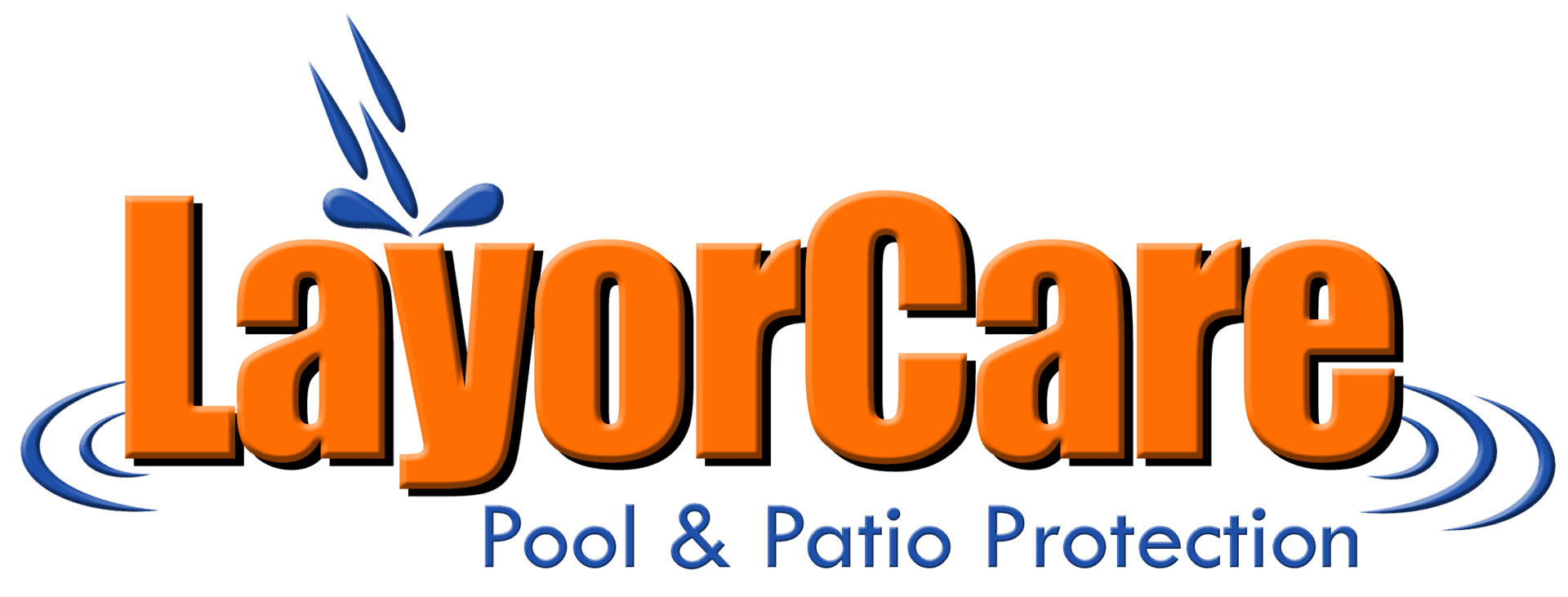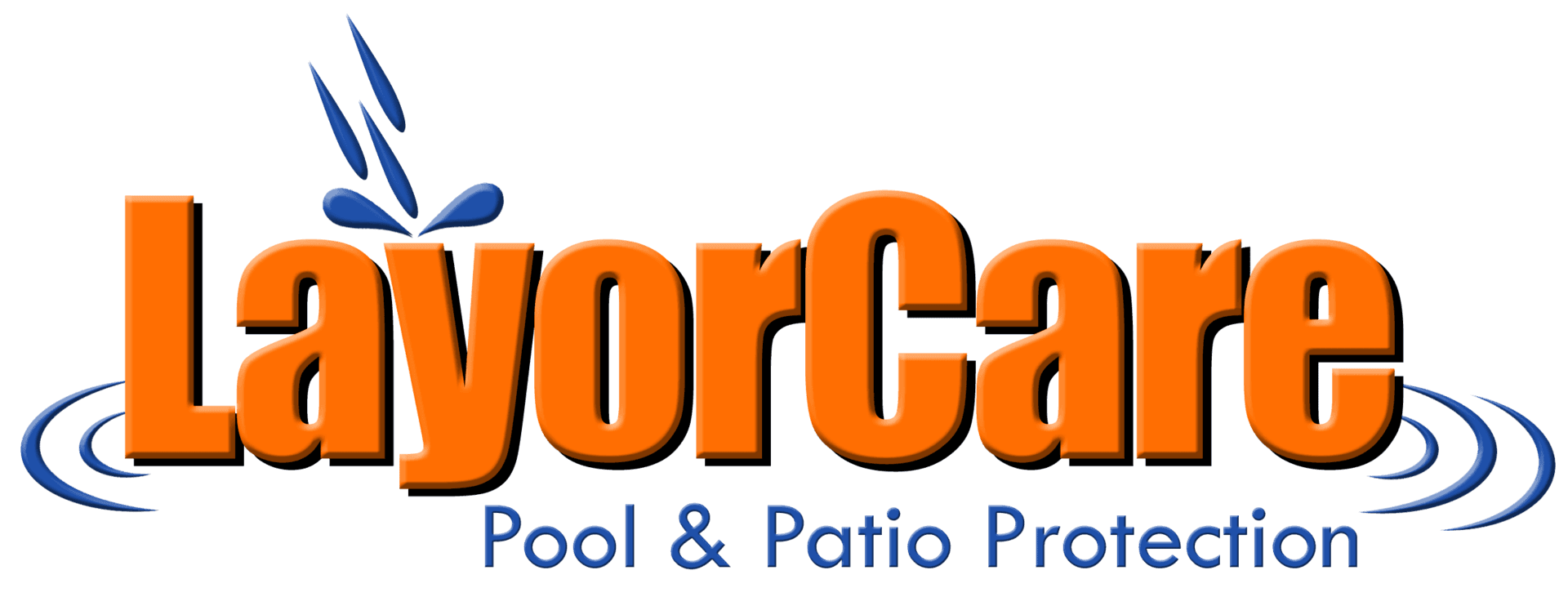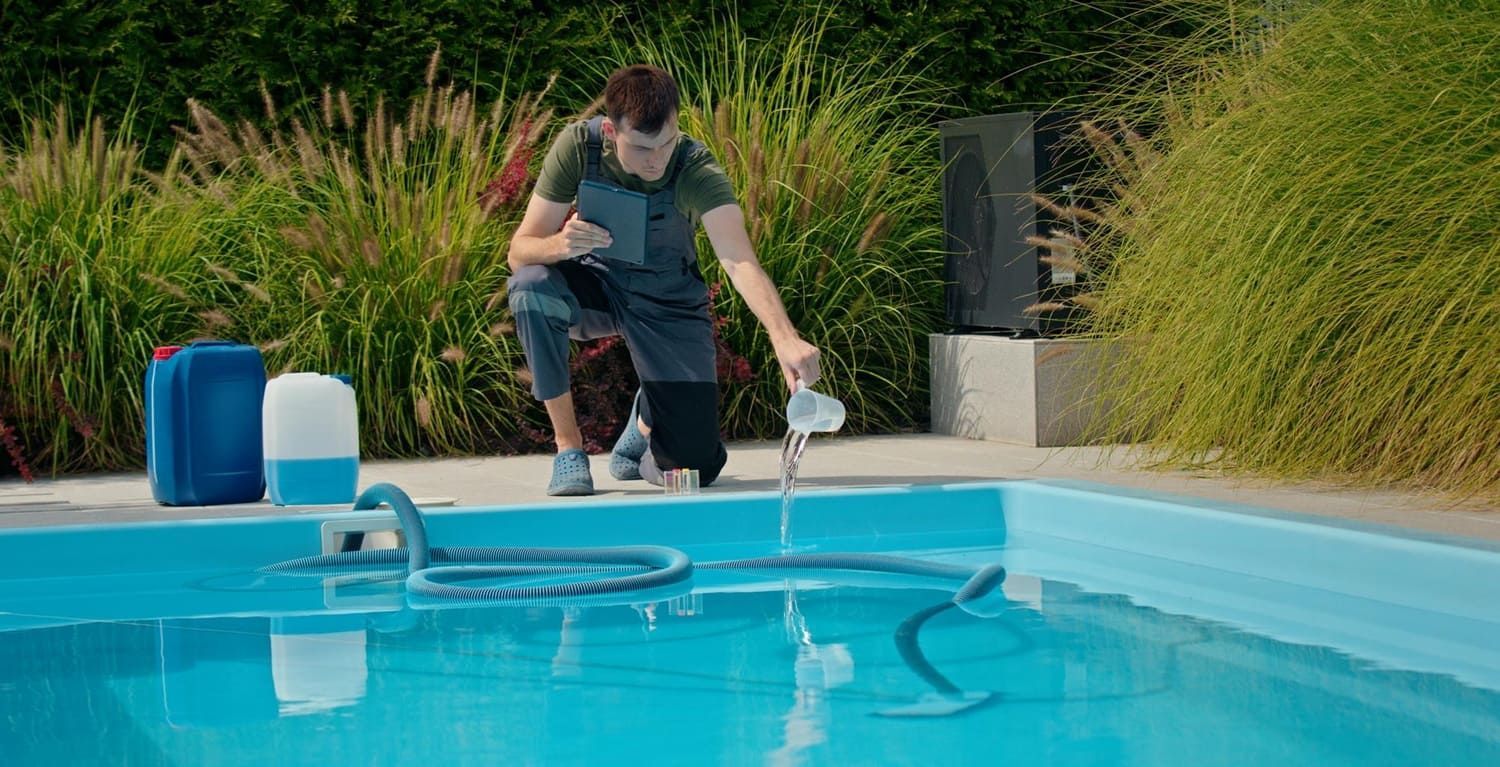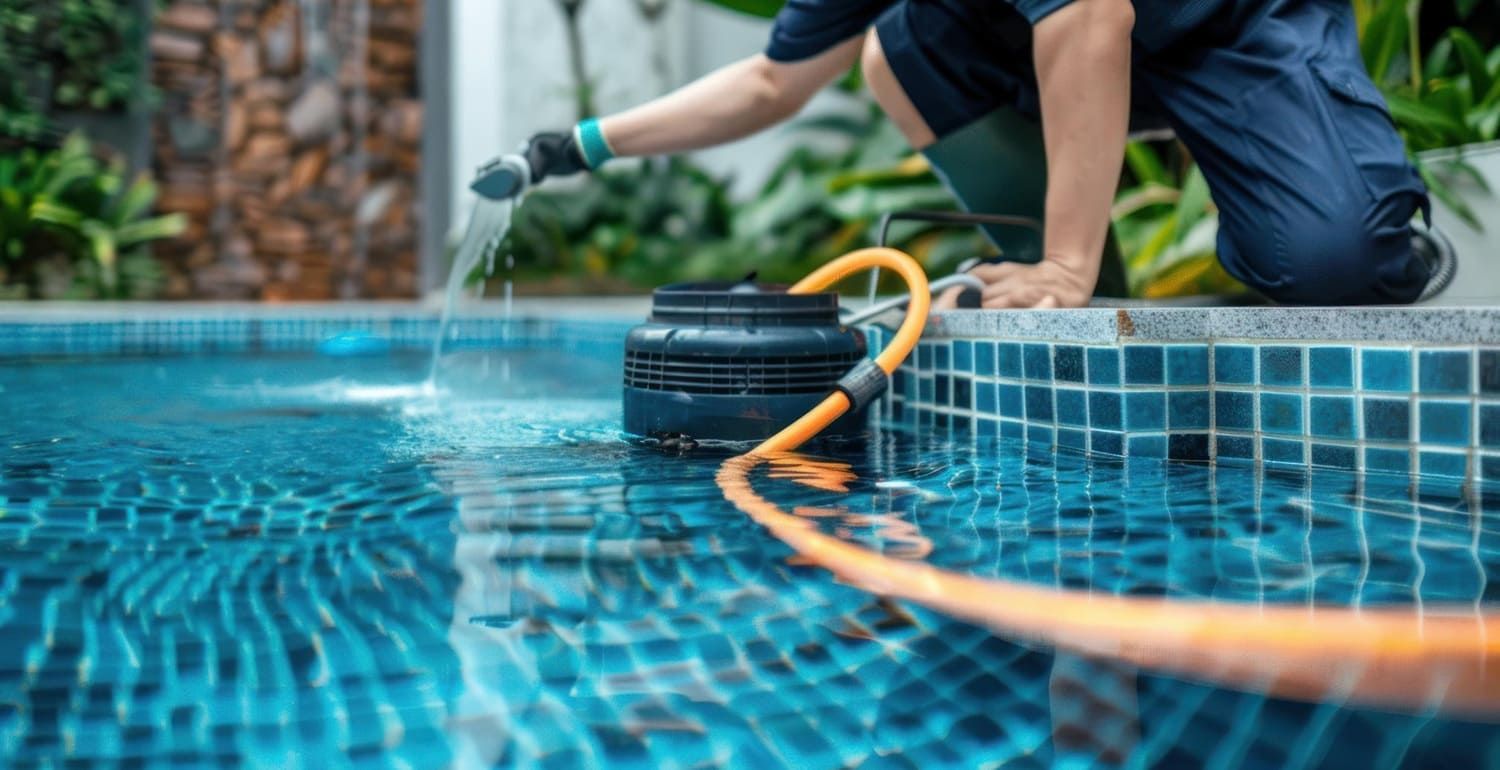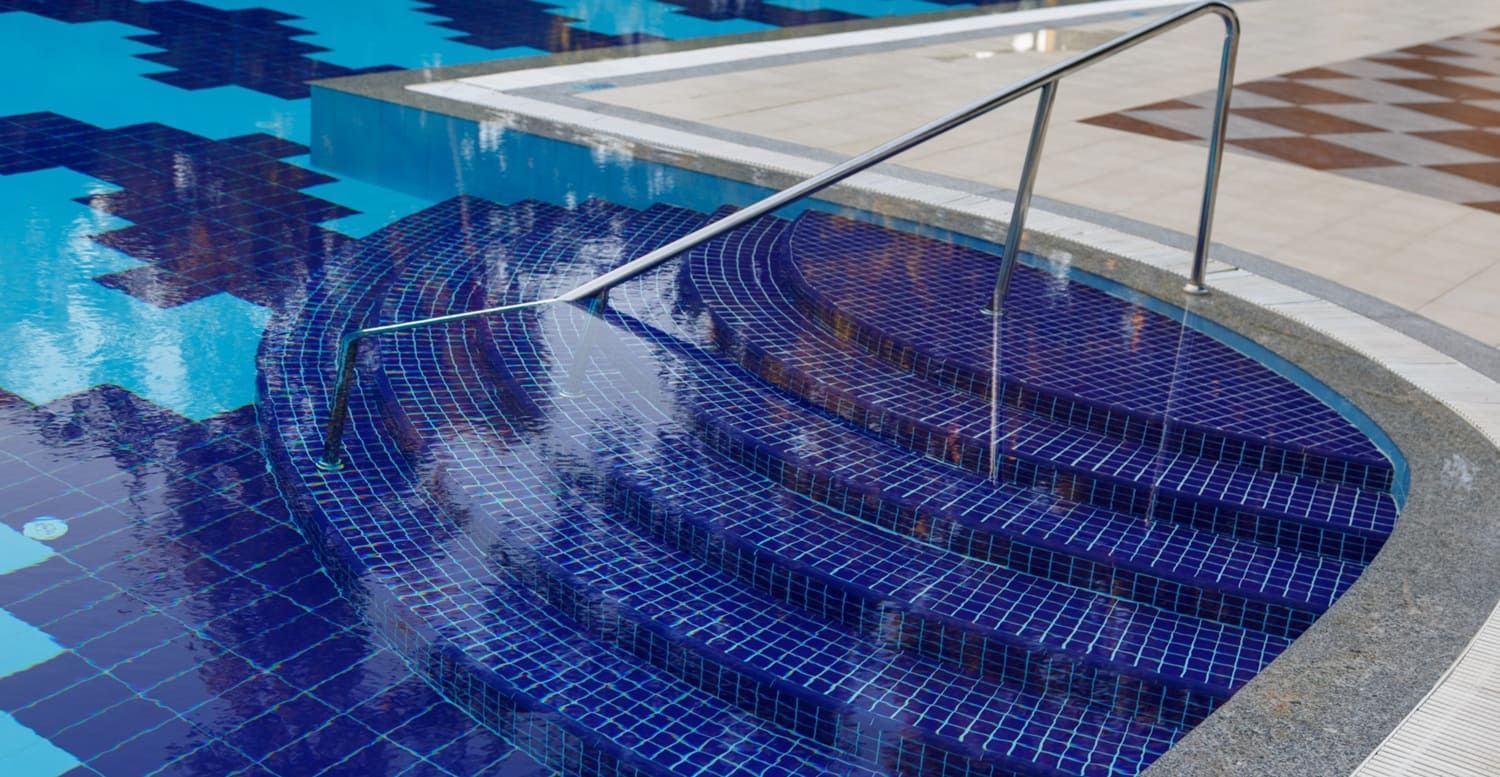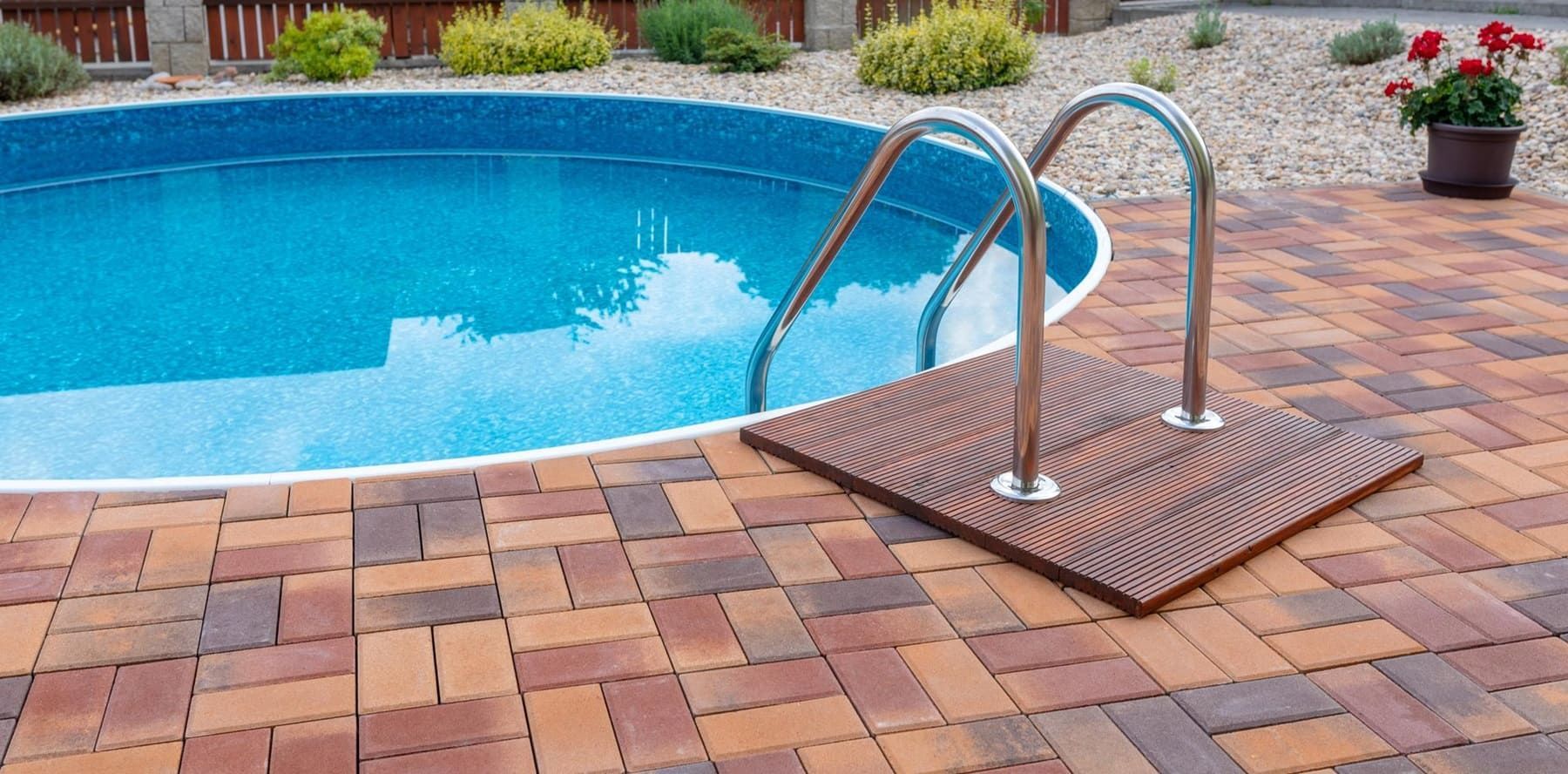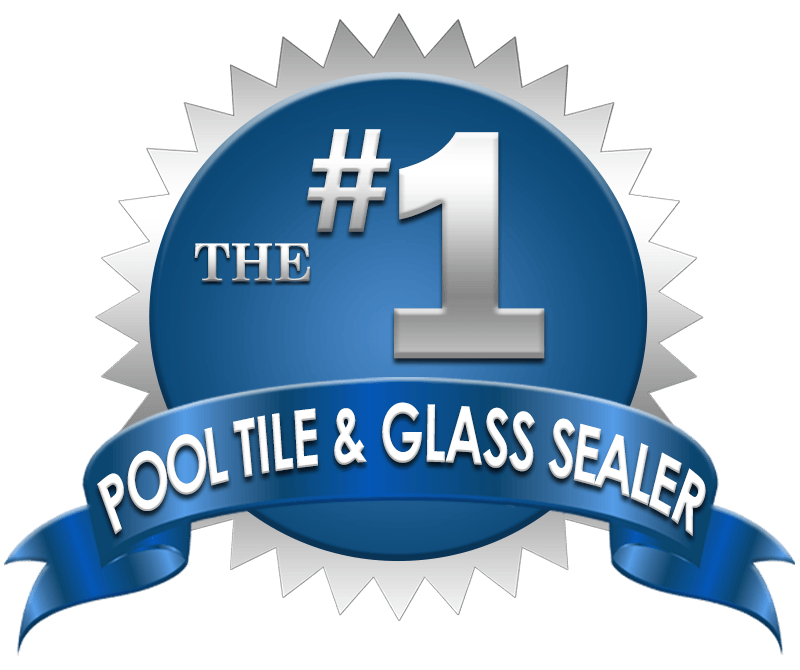
2632 N 37th Dr. Suite 3
Phoenix, AZ 85009
24 Hour: 480-237-9363
Fax: 623-321-1143
Info@LayorCare.com
Privacy Policy
What to Do if Your Pool has Calcium Buildup
Calcium buildup happens to every pool at one point or another. We're going to tell you what to do to get rid of the buildup so your family can get back to summerfun in the pool.
If you see a layer of white or greyish-white grime on the sides of your pool around the waterline, that's calcium.
Calcium can build up in your pool water when the pH levels are off and leave deposits on your pool tiles. It's similar to what happens in your bathroom sink, toilet or bathtub.
If this happens, it needs to be taken care of right away. Calcium deposits aren't going to go away on their own. If not removed, they can make your pool unswimmable.
It's not easy, but you can clean up calcium deposits. However, the steps you need to take aren't the same as removing calcium and lime from your bathroom.
Read on to learn more about how to identify calcium buildup, removing calcium deposits, and getting your pool water back to the right levels so your family can get back to swimming in your pristine pool.
Identifying Calcium Buildup
There are two types of
calcium compounds that form in pool water and create scaling--calcium carbonate and calcium silicate. Both are caused by a pH imbalance. Your pool should be at a pH between 7.4 and 7.6.
If you have calcium carbonate in your pool water, it forms white flaky scales. It's pretty easy to remove.
Calcium silicate, on the other hand, which is white-grey, is
harder to remove. It takes longer to form, so by the time you see buildup on the sides of your pool, you probably also have buildup elsewhere, like in the pipes and filtration system. If this happens, you might need to hire a professional.
If you're not sure what kind of calcium scaling you have, you can test the deposit. Place a few drops of muriatic acid on a sample. If the deposit reacts by foaming, it's calcium carbonate. If there's no foaming reaction, then it's calcium silicate.
Lowering the Calcium
The first thing you'll want to do is remove calcium from pool water. For this, you'll need to partially drain your pool. The optimal calcium level is 200-400 ppm. A higher ppm causes deposits on the surface and cloudy water.
Then refill the pool adjusting the alkalinity. When you retest the pool water, the alkalinity should be lower.
It's also a good idea to keep the chlorine levels at 2-3 ppm, especially as the weather heats up.
Adjusting the pH
The next step is to get your pool to the right pH and alkalinity.
If your pH levels are higher than optimal, then that means it's basic. The water is over-saturated and wants to deposit excess material. In most cases, this deposit is calcium. So you want to add acid to balance it out.
Test the pool pH using a phenol red solution. It will turn different colors, depending on the pH of the water.
If the water is high, the add pool acid, a little at a time. Don't add too much in hopes that you'll adjust the water level quickly. This can make the pH swing in the other direction.
Typically, you should add 1 gallon of pool acid per 10,000 gallons of water. Then retest after 12 hours and make
adjustments as needed.
Once the pool water is at the correct pH, then you can get started at removing the calcium buildup.
Removing Calcium Carbonate
The best ways to remove calcium carbonate is to use a calcium releaser/cleaner, preferably an acid-free product, so it doesn't ruin the finish of the pool tile or glass.
Next, you can try using a pumice stone or scale remover. What you use depends on your pool's surface.
If you have tile or concrete, a pumice stone is perfect for removing scaling. It's important that you keep both the pumice stone and the surface wet to prevent scratching.
You can also use a commercial stain eraser to remove calcium carbonate. Stain erasers make removing calcium carbonate deposits easy. They're designed for specific areas and have an attachment to make it easier to reach areas.
If your pool surface is fiberglass, then you'll want to use a scaling treatment. Most scaling treatments are safe for any pool surface. The treatment is added to the pool water. Over several weeks the deposits are slowly dissolved until completely gone. There's no scrubbing involved.
Removing Calcium Silicate
Calcium silicate deposits are removed with a pumice stone and a whole lot of scrubbing. However, you can only use a pumice stone on tile or concrete. If you have a fiberglass pool, a pumice stone will scratch.
Your other option is to then use a professional calcium remover. It will dissolve the deposits.
You should first test the product to make sure that it doesn't scratch or discolor the surface. With stubborn scales, you may have to reapply the remover several times until the surface is free of all scales.
Preventing Further Calcium Buildup
A great and easy way to prevent calcium buildup is by applying a calcium prohibitor or blocker
to the pool tiles or glass. This protects your pool tiles and glass and helps maintain the longevity of your pool looking great longer.
Another great way to prevent calcium buildup is by maintaining proper pH balance in your pool water. You should test the water regularly, and make sure that the pH level is between 7.4 and 7.6. Keeping the pH from going basic or alkaline will prevent calcium levels from getting too high which causes deposits and scaling.
You may want to install a pool cover. This will prevent too much evaporation. As the water levels are reduced, calcium and other minerals become more concentrated.
Finally, you can remove calcium with a reverse osmosis water treatment.
Enjoy Your Summer
Don't let calcium buildup prevent you from having a great summer. Be proactive and test and maintain your pool water regularly.
As summer approaches, if you notice murky water or scaling on the side of your pool, don't wait to treat it.
You have a swimming pool in your backyard because you want your family and friends to enjoy it. The last thing you want is to have embarrassing calcium scaling or have the pool off-limits for weeks because the buildup has gone too far.
Yes, maintaining a pool is hard work. But if you take all these steps, you're sure to have an enjoyable and carefree summer lounging around your swimming pool.
Contact us if you have questions about using any of our products.


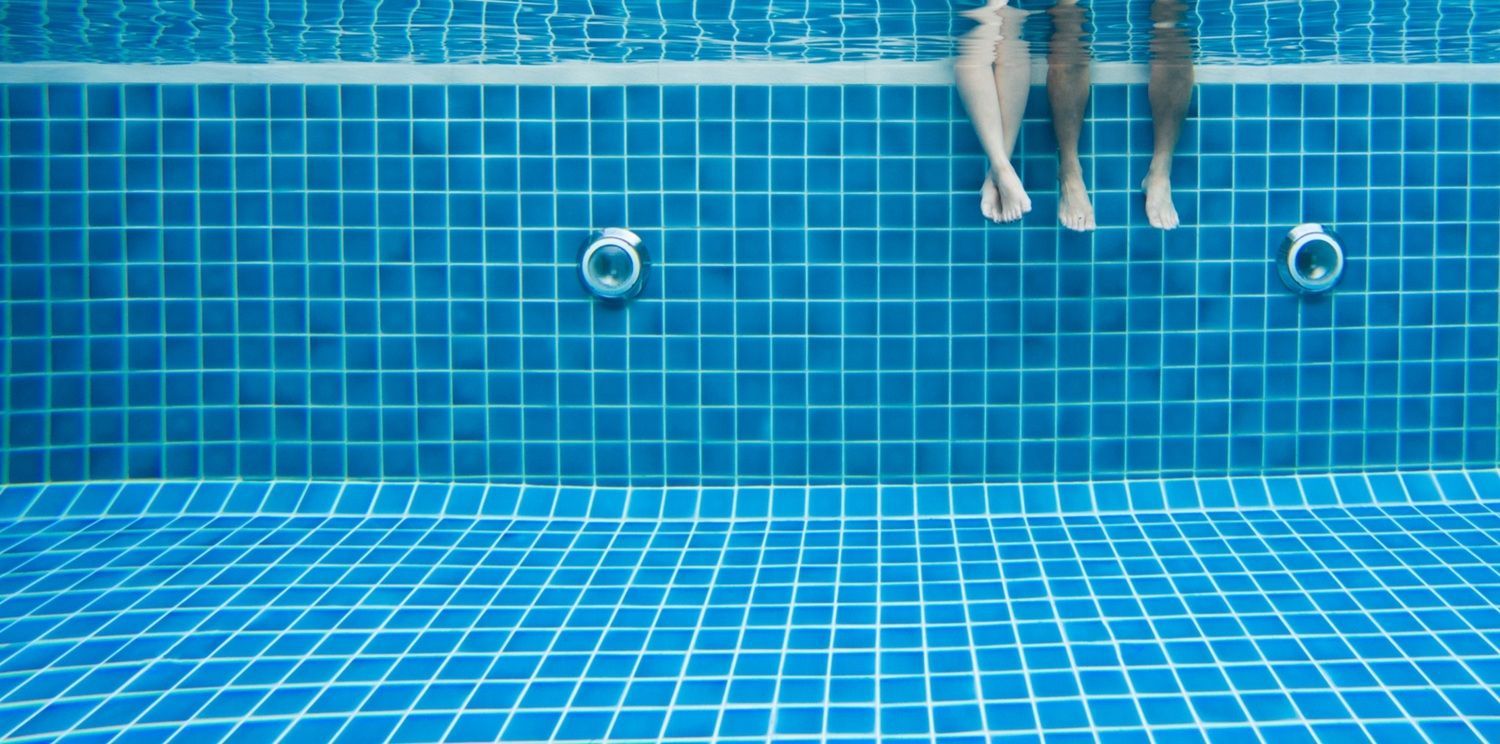
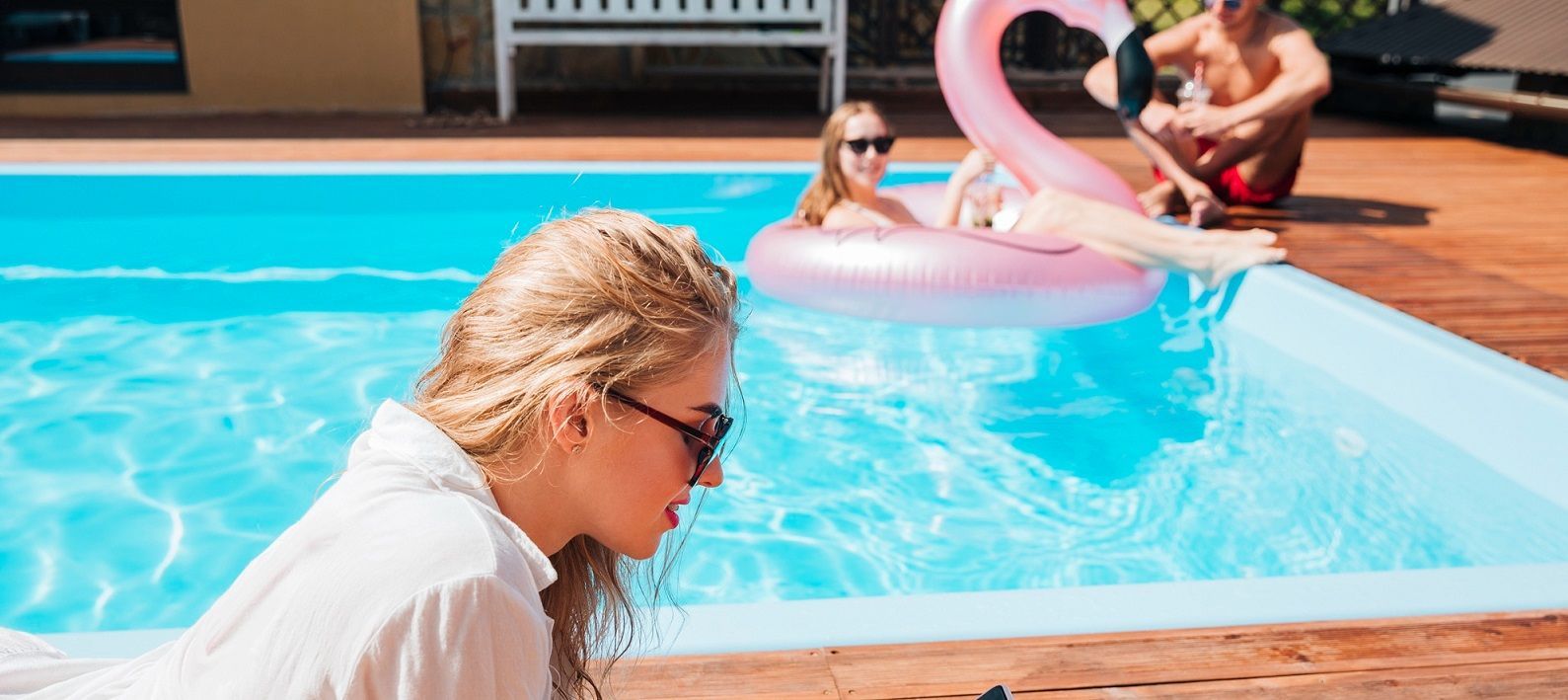
100% Satisfaction Guaranteed on ALL LayorCare Products!

We offer manufacturing of nano scale material to your order and specification
Everything for your Pool and Patio Area
2632 N 37th Dr. Suite 3
Phoenix, AZ 85009
24 Hour: 480-237-9363
Fax: 623-321-1143
Info@LayorCare.com
Privacy Policy
2632 N 37th Dr. Suite 3
Phoenix, AZ 85009
24 Hour: 480-237-9363
Fax: 623-321-1143
Info@LayorCare.com
Privacy Policy

We offer manufacturing of nano scale material to your order and specification
Everything for your Pool and Patio Area
2632 N 37th Dr. Suite 3
Phoenix, AZ 85009
24 Hour: 480-237-9363
Fax: 623-321-1143
Info@LayorCare.com
Privacy Policy
All Rights Reserved | LayorCare Pool & Patio Protection




